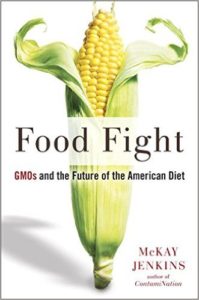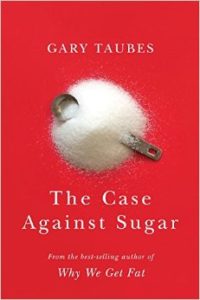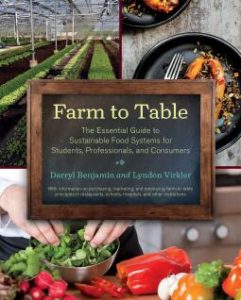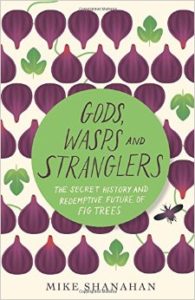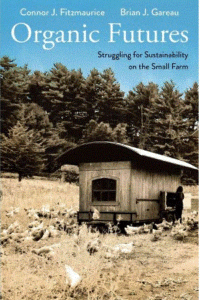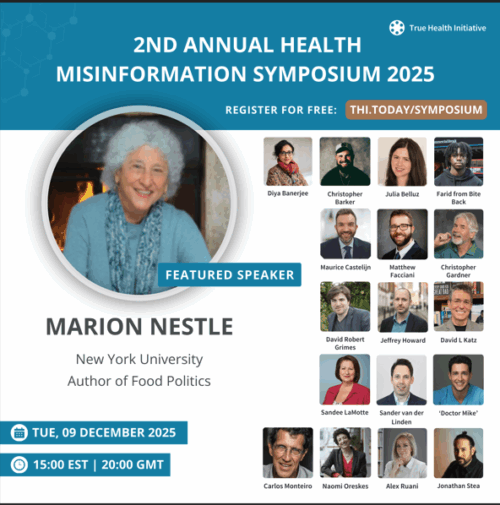Weekend reading: Caring about Hunger
George Kent. Caring about Hunger. Irene Publishing, 2016
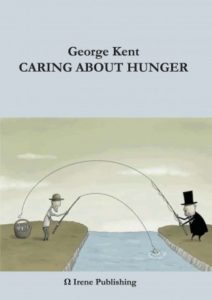
Kent is a former professor of political science at the University of Hawai’i who in his retirement is teaching at the University of Sydney in Australia and Saybrook University in California. His book is about the causes of hunger and how to overcome them. He’s been at this for a long time and can boil the causes down to brief summaries.
- Disjunction: Hunger and poverty persist largely because the people who have the power to solve the problems are not the ones who have the problems.
- Compassion: On the whole, the people who have the power do not have much compassion for the powerless.
- Material interests: The powerful serve mainly the powerful, not the powerless, because the powerless cannot do much for the benefit of the powerful.
Much of the book focuses on compassion and what he calls “caring.”
- Hunger is less likely to occur where people care about one another’s well being.
- Caring behavior is strengthened when people work and play together.
- Hunger in any community is likely to be reduced by encouraging people to work and play together, especially in food-related activities.
He gives plenty of examples of how to make all this work.
Utopian? Yes, but we need to start somewhere.

